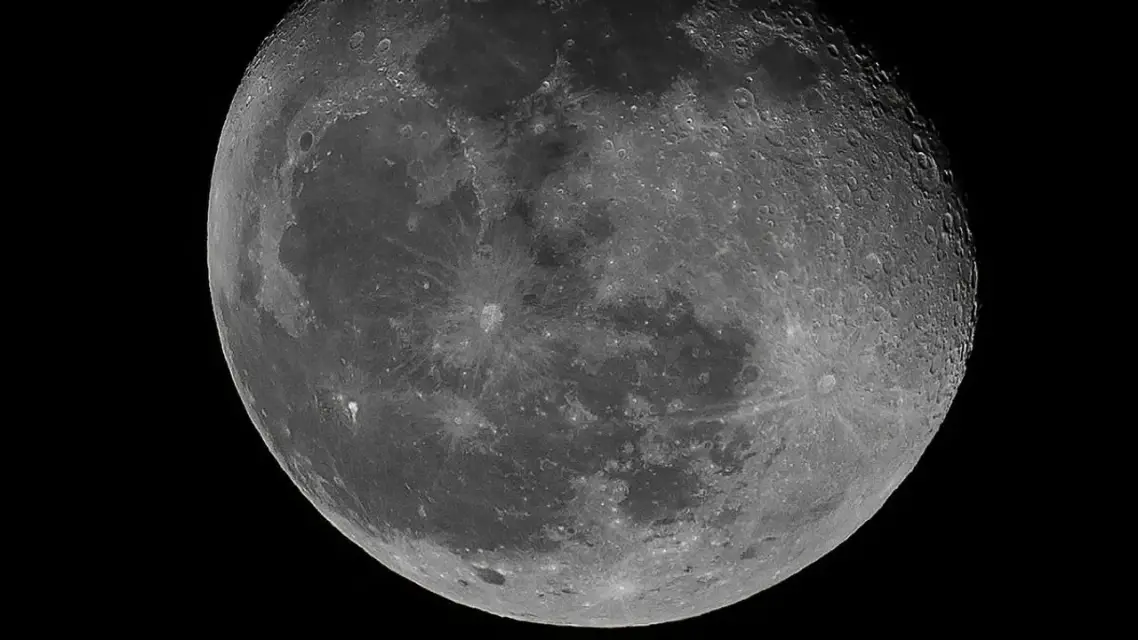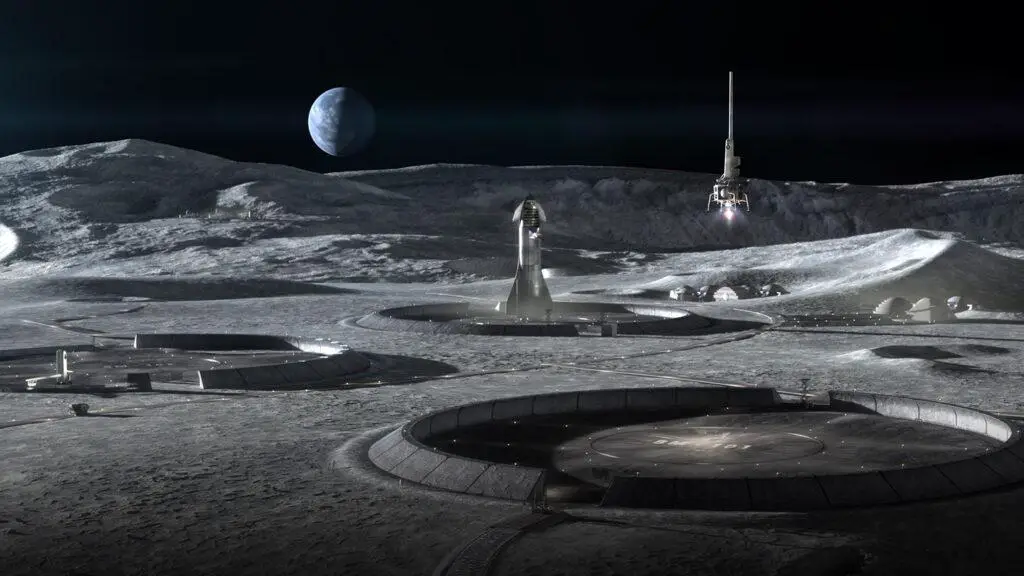Russia’s Roscosmos head Yuri Borisov has recently insight into a potential lunar nuclear power race with China. Addressing the World Youth Festival in Sirius, Russia, Borisov disclosed Russia’s collaborative intentions with China to construct a nuclear power facility on the lunar surface by 2035. The insight has sparked a sense of both intrigue and concern within the international community. The scope of the project entails the delivery as well as installation of a power unit on the moon’s surface. Yuri Borisov further explained that the necessity of such a project is of utter urgency. He cited the inadequacy of solar panels to ensure a consistent electricity supply for potential lunar settlements. He also explained that the project poses serious challenges hence there are plans to ensure it is done in automatic mode. This means that there will be no presence of humans in the project implementation.
The Challenges Facing the Lunar Nuclear Power Race Project
Russia’s space program aims to bring China on board to facilitate the implementation of the lunar nuclear power race project. However, Russia’s announcement comes amid a series of setbacks in its space program. This includes the failed Luna-25 lunar mission that failed earlier last year. President Vladimir Putin has sought to hush the critics by reaffirming Russia’s determination to overcome these challenges. He also assured that Russia will invest in the pursuit of advancements in space exploration. In March 2021, Moscow and Beijing signed an agreement on building an international lunar research station. They also presented a roadmap for the construction in June 2021. The project has stalled since then but the announcement reassured most that it is still in the works. The automation of the project has pushed its implementation year to 2035.
The Significance of the Lunar Project
Roscosmos head, Yuri Borisov explained the necessity of such a lunar nuclear power project. He cited the inadequacy of solar panels to ensure a consistent electricity supply for potential lunar settlements. The project also outlines Russia’s ambitions to develop a nuclear-powered cargo spaceship. This is aimed at facilitating large-scale transport operations within space. “We are indeed working on a space tugboat,” he said. “This huge, cyclopean structure would be able, thanks to a nuclear reactor and high-power turbines to transport large cargoes from one orbit to another, collect space debris, and engage in many other applications.” These ambitions show Russia’s determination to explore space as an uncharted frontier and set a course for its navigation. The moon also provides a good starting point being Earth’s only natural satellite.
The State of the Globe on the Lunar Project
Some in the United States have speculated that Russia is planning to use a new type of nuclear weapon against satellites. However, this was highly refuted by the Roscosmos chief as the aim of the lunar nuclear power project. He insisted that Russia has no plans of stationing any kind of nuclear weapons in space. The concept of the utilization of nuclear reactors for lunar earth requirements is not new. Lunar nights lasting for 14 Earth days, relying only on solar power carriers poses risks. One of the risks is on moon missions, both manned and unmanned. The necessity for reliable energy sources in space has become increasingly apparent.
Also read:
Starship Orbital Launch Pad project in Starbase, Texas.
Matjiesfontein space ground station in the pipeline
NEOM announces Aquellum to Feature Breathtaking Illuminations as part of its Architectural Design.

